How Well Living Lab Will Change the Way Buildings are Designed
Designing a healthy building means giving its occupants access to natural light, suitable ventilation, and a comfortable indoor temperature. Such ambitions are nothing new. What is new is the technology that’s allowing people to better understand why some houses make people sick and why thermal conditions in workplaces make employees less productive. With the average American spending 21 hours a day indoors, it’s inevitable that buildings will play some kind of role in the quality of human health.
Using evidence-based research, the Well Living Lab raises awareness of the ways buildings and their contents affect people’s health and well-being. Based in Rochester, Minnesota, it is the first facility in the world devoted to the healthy design of its interior spaces. Equipped with real-time sensor technologies, the lab is able to monitor biometric-wearing research participants both within its walls and inside other buildings, too.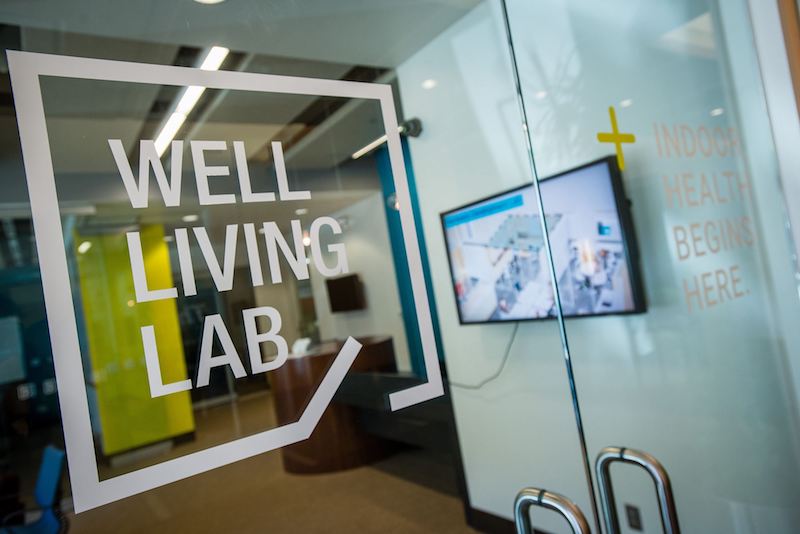
Over the next three years, the Well Living Lab hopes collect actionable data on the things that make interior spaces better for humans, focusing on five critical aspects of life: health, sleep, performance, comfort, and stress. More specifically, the lab plans to focus on the interaction of interior spaces with temperature, air, sound, and light, and the way those elements affect human behavior. This research hopes to answer three main questions: “1) How office workers respond to artificial lighting that simulates natural light, not just at work, but also how it may change their ability to get sufficient sleep at home? 2) How changes in environmental conditions affect sleep and stress? 3) What types of interventions can increase cognitive performance and improve job satisfaction?”
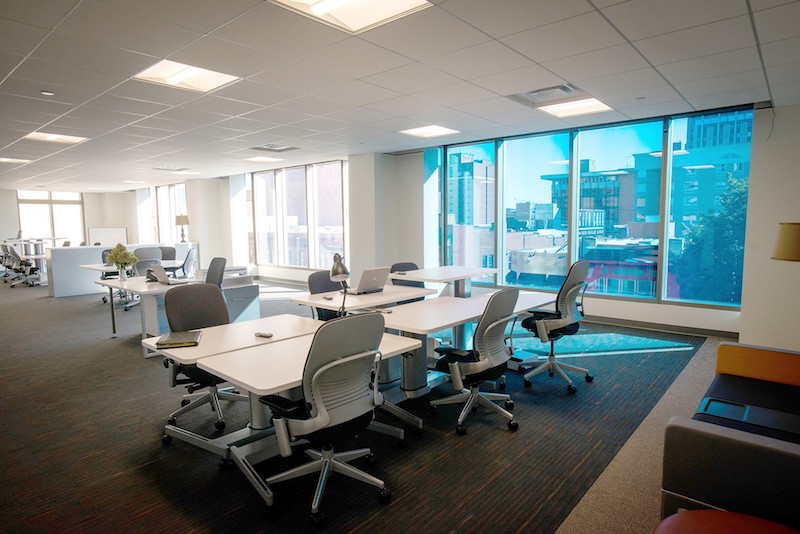
The Lab has six individual research modules, totalling around 5,500 square feet of adjustable residential, office, and commercial space. Each module is protected from the outdoors by electrochromic windows, which themselves are equipped with programmable shades to adjust natural light and temperature. LED lighting emits any color on the spectrum, and an adjustable suspended ceiling makes it possible to reconfigure the entire lighting design depending on the requirements of the test being conducted. The floor has even been elevated to allow for easy adjustment of the data sensors and plumbing underneath. Speakers are embedded in each module to simulate the sounds of each environment. Sensors also monitor air quality, carbon dioxide, ozone, volatile organic compounds (VOCs), temperature, and humidity. As if all that wasn’t enough, there are also sensors in place to capture the actions and emotions of each research participant.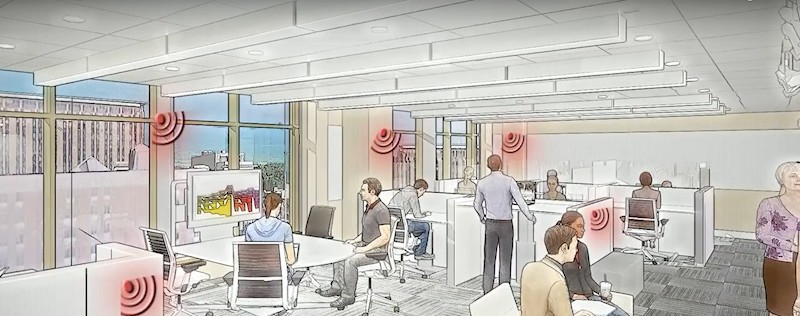
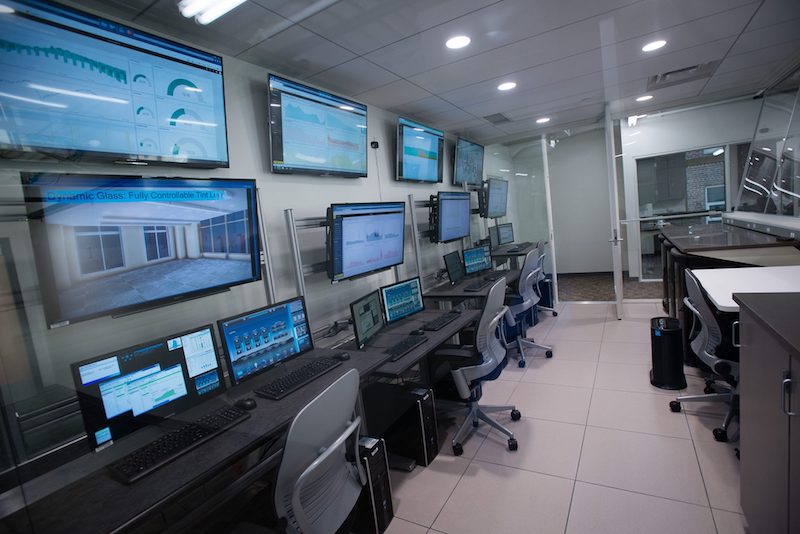
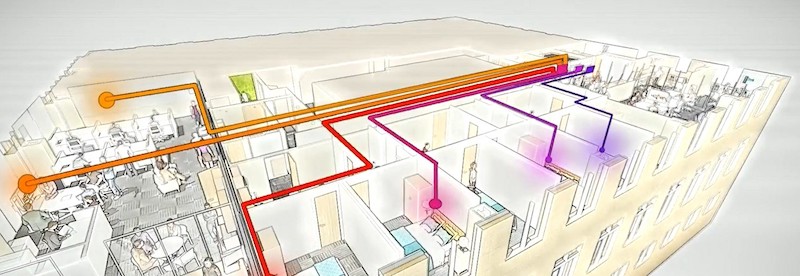
All building systems are managed by a control center at the Lab. Here, researchers view all the recordings (though they also get stored in a cloud system to be accessed by researchers off-site).
https://www.youtube.com/watch?v=70Yglg1Dx9c
The Well Living Lab is a collaboration between the Mayo Clinic and Delos, the company behind the world’s first building standard on human health and well-being (the WELL Building Standard).
By the end of 2018, the Lab will have opened a 25,000 square-foot facility in Beijing, and it will be the first of its kind in Asia. The Lab — as well as its future satellite sites throughout China — will focus on the country’s environmental context and the way it affects people using buildings. Working alongside the U.S. Lab, the results generated in China will be used by design professionals and real estate firms to create all-around healthier buildings.
A recent report by the Global Wellness Institute found that 60 percent of the Chinese population is concerned about the quality of air inside buildings, and that 47 percent would pay more to improve that quality. Thanks to the Well Living Lab, there is now an opportunity to create projects in China that people do not mind investing in because they will be good for their health.
That same report found that in India, 88 percent of consumers desire healthier residences, and 69 percent see high air and water quality as “very important” when seeking a home. People around the world clearly see the value in healthier buildings, and they seem more than willing to pay more for them.




